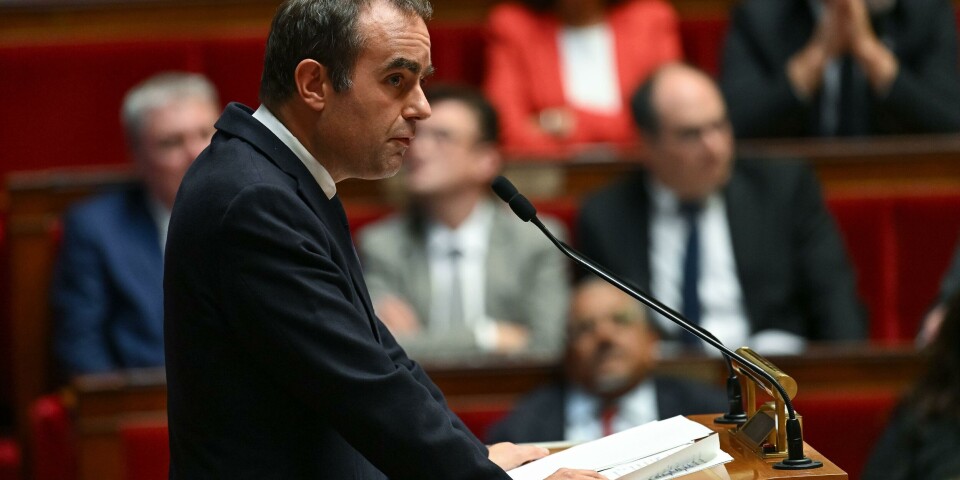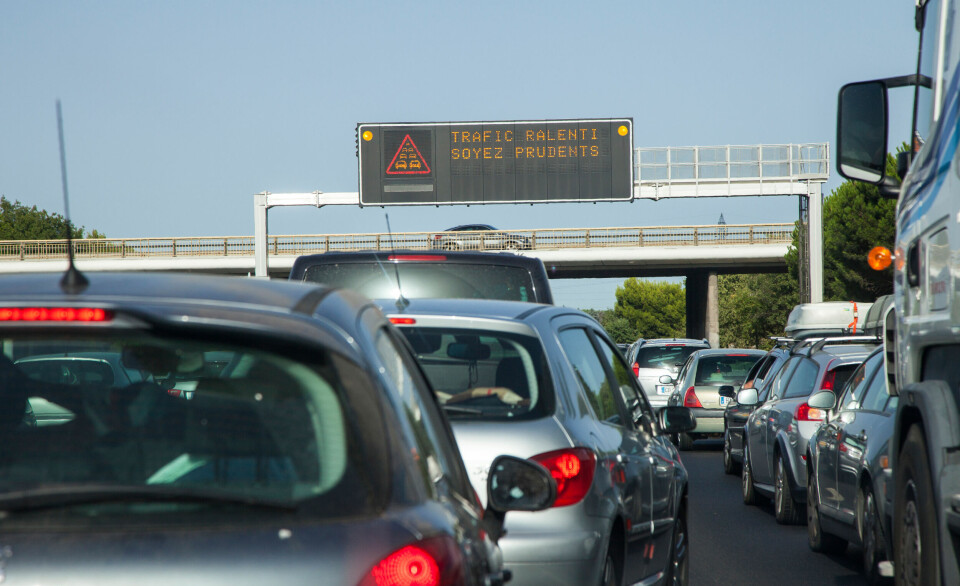Are contactless payments coming to public transport in Paris?
Easier navigation of metro for tourists would come at a cost
Several European cities offer travellers the option to pay for public transport with contactless bank cards - but not Paris
Alexandru Nika/Shutterstock
Travellers in Paris may be able to use a contactless bank card or Apple Pay / equivalent to access the city’s public transportation network as a feasibility study on the matter is set to be undertaken later this year.
It is far from a guarantee however, as reportedly the cost of renovating the system to allow for these payments could be as high as €100 million.
Proponents of the idea say it would make using the metro easier for tourists and occasional users, who would not need to purchase a physical card or download any apps, as well as contribute to the digitisation and modernisation of the system.
However, rising costs associated with major expansion projects to the Paris metro system mean funds to make such a change may not be available for some years, and there are arguments that there are already enough ways to purchase a ticket.
Paris lags behind French and European counterparts
Currently, travellers using the Métro, RER, bus, or local rail network in and around Paris can use a Navigo card (the dedicated travel card for the network), paper tickets, or download virtual tickets onto their smartphone via dedicated applications offered by the Paris transport operator, RATP.
These are electronically scanned or inserted at barriers in stations to gain entry to platforms, or into machines on buses to validate a journey.
Unlike major European counterparts such as London and Rome, travellers in Paris cannot ‘tap in’ to buses or metro stations with their contactless bank cards or Apple Pay.
London was a forerunner of this system which it implemented for the 2012 Olympic and Paralympic Games.
Other French cities such as Lyon, Rennes, Brest, and Clermont-Ferrand also allow travellers to pay via their phone or contactless card.
In Paris, only Roissybus – an express bus service between Charles de Gaulle airport and the city centre of the capital – allows for contactless card payments.
Read more: Woman fined €150 for carrying a plant on Paris metro is reimbursed
Unlike a physical public transportation card, a bank card cannot hold a specific type of ticket (such as a monthly pass), but transport systems usually have a daily cap on payments in place for users travelling via contactless payments.
This is usually similar to the cost of a daily pass using a dedicated transport card in the city, making it a safe option for tourists and avoiding them paying excess fees for using the system.
In some cases, tapping in and out with a bank card can save money as opposed to topping up a rechargeable transport card with funds for several individual journeys.
This makes it ideal for tourists, who can just use a card to travel when in the city for a short period of time.
It may also be beneficial to those who rarely use public transportation in the capital, such as relatives of people living in Paris or to those travelling into the city irregularly for business.
Expensive change
However, modernising the system to allow for these payments – that uses different technology to Navigo cards or smartphone apps – is a prohibitive factor.
The RATP estimates that up to 10,000 barriers and scanners would need to be modernised to allow for the payment methods.
Even if done progressively this would still require several thousand barriers to be updated in one go.
The overall cost of the project – estimated at €100 million by CEO of the Île-de-France Mobilités group Laurent Probst – would unlikely see the cost recouped anytime soon.
Such changes would make travelling on Paris’ public transport system easier, but are considered unlikely to greatly increase passenger numbers or bring in enhanced revenue.
The updates to the city’s fares for single-use journeys that came into effect at the start of the year cost €30 million, Mr Probst said (quoted in BFMTV).





























